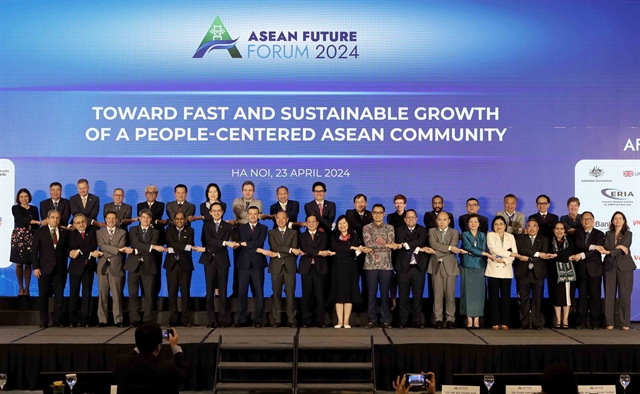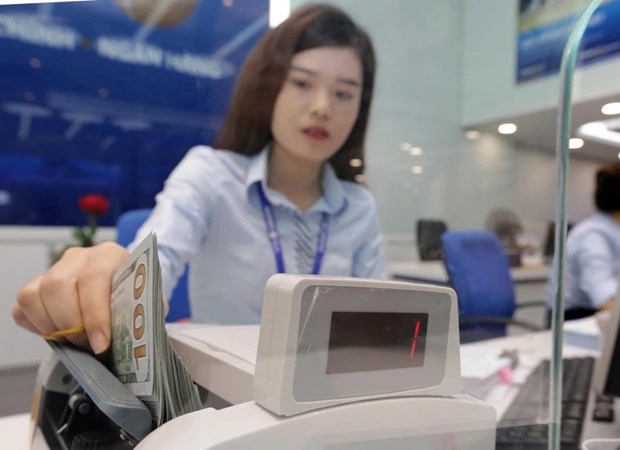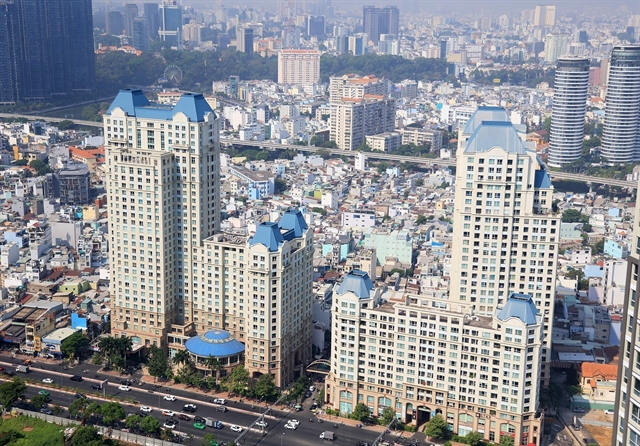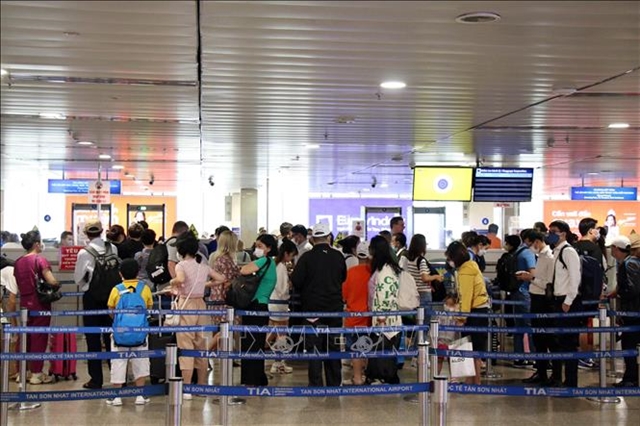 Media-OutReach Newswire
Media-OutReach Newswire

● Phablet is most preferred mobile device, with 73% marketshare
● Shopping apps saw biggest increase in use, at 170%
● Time spent on messaging and social apps fell marginally
● New entrants taking the bite out of Apple share
SINGAPORE - MediaOutReach - 28 November 2018 - Flurry the mobiledeveloper analytics platform within Oath, has revealed key insights surroundingmobile activity, emerging growth categories and device trends across SoutheastAsia this year.
Backedby data from over 940,000 apps across 2.1 billion global devices, Flurry's"State of Mobile" study also assessed 14,500 apps and 217 million devicesacross this region in 2018.
Theresearch found that phablets are especially popular in Southeast Asia, wherealmost three-quarters (73%) of devices used are large-screen mobile phones.Though the phablet is the fastest growing mobile phone segment globally,adoption in this region is outpacing growth in the United States, where itsmarket share is just 48 per cent.

Meanwhile,the region is quickly taking to m-commerce, which has seen the biggest segmentgrowth in 2018. The Flurry study identified that mobile shopping app usage hasspiked by 240 per cent in the last year, followed by health and fitness (170%)and business and finance apps (102%). At the same time, photography app usagehas halved since 2017 and news and magazine apps have seen a fall of 32 percent. Messaging and social media use have declined marginally, by 2 per cent.
"Thelevel of competition between mobile apps has become brutal in Southeast Asia,though the decelerating rate of global growth could signal market maturity,saturation or simply the end of the app gold rush," said Rico Chan, Managing Director, Hong Kong, Japan and INSEA of Oath.
Headded, "Retailers need to consider the pace of growth in m-commerce and workwith app developers to meet the needs of consumers. Users now see their phonesas more than a tool for snapping photos and catching up with the newsheadlines."
Thereport also showed that there have been small shifts among mobile device brandusage, with phone and tablet manufacturers like Samsung, OPPO and Xiaomigrowing marginally at the expense of Apple. This year, the iPhone and iPadmajor has seen its share of the market drop from 20 per cent to 12 per centacross Southeast Asia, whereas Samsung's sales have grown by two percentagepoints, OPPO by three and Xiaomi by four points.
Key insights and trends from Flurry'sState of Mobile report:
● Southeast Asia is leadingthe phablet revolution:
Regional mobile users are phablet lovers, withlarge-screen devices securing 73% of the Southeast Asian handset market. Thisfootprint is also reflected, to a lesser degree, by global adoption figures.
● Apple losing its bite
Apple's market share dropped by 12 percentage points,from 20 percent of the market in 2017 to 12 per cent this year.
Samsung's distribution grew from 28 per cent to 30 percent.
Share of Chinese brands OPPO and Xiaomi grew by threeand four percentage points respectively in the Southeast Asian market.
● Diversification of apps:
The top three app growth categories in Southeast Asiaare Shopping, Health and Fitness, and Business and Finance.
Shopping app use has grown substantially due to usersbeing more willing to pay via mobile devices as mobile payments become moreadvanced and trustworthy.
On the other hand, the biggest fallers werePhotography (50%), News and Magazines (32%) and Games (28%).
As phones come with much more advanced photo editingfeatures, users are no longer needing to use photography apps as much asbefore. Gaming app usage has also fallen because ironically, mobile gamers aremore willing to make in-app purchases to level, thus are spending less timein-game to advance levels.
Though in fourth place, lifestyle app usage grew by 51per cent, compared to 2017.
Music and entertainment apps grew by 20 percent, yearon year.
Books and reference apps grew 17 per cent, year onyear.
Though Southeast Asia has some of the world's highestsocial messaging engagement, growth has fallen by 2 per cent this year,compared to 2017.
Utilities and productivity app usage have also fallenthis year, by 28 per cent.
● Top Global Trends
Social sharing of media--otherwise known as"Communitainment"--is driving mobile consumers to spend more than two hours perday on social and messaging apps.
The average mobile consumer spends just under fivehours each day on their smartphone.
Shopping applications saw over 17 billion sessions in2016, effectively changing retail window shoppers into mobile impulse buyers.
Global app usage continues to grow. In previous years,we have seen all app categories grow in tandem, yet the story is changing. In2016 mobile apps started cannibalising their audience, with session andtime-spent growth in some app categories occurring at the expense of others.
While messaging and social apps use roseyear-over-year by 44%, personalisation apps, such as emoji keyboards, declinedby 46%.
Verizon Media Group/Oath:
VerizonMedia Group/Oath is a division of Verizon at the intersection of media,advertising and technology building a member-centric ecosystem created to servebillions. Verizon Media Group/Oath is shaping the future as a global leader indigital and mobile. For more information, visit www.oath.com.








